BV Doshi: Drawn Closer
– Balkrishna Vithaldas Doshi and Sarah Handelman
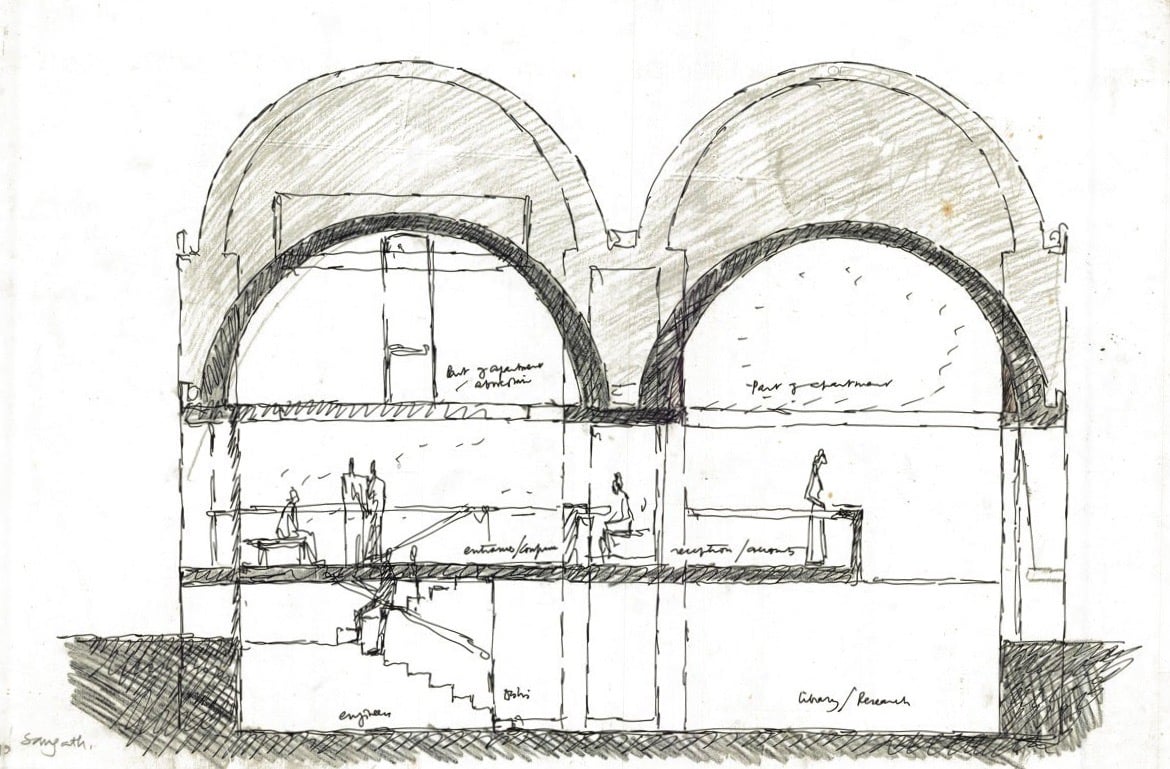
I was fifty years old when I started designing Sangath, my office in Ahmedabad. In India, when you cross fifty, suddenly – biologically, psychologically – you start to think about what in your life you have discovered. When I made the first drawings, I was thinking about many things: although I had drawn with charcoal under Le Corbusier, I was thinking more of my other teacher, Louis Kahn, who used charcoal, like I did for this section. I was also thinking about Giulio Romano’s sixteenth-century Palazzo del Te in Mantua, which he completely covered in frescoes. Once inside, I could not find the door to get out! It was as if the sky had fallen; everything was something else. My question became: how could a building defy standards and touch our inner senses? The kind of thing I wanted to make was not a form with set functions, but a complete sequence of experiences.
I was trying to express my understanding of architecture as a living entity, something that connects you to memories. I was thinking about the way light enters from above and can reflect onto a wall, illuminating a blank surface like a shrine; or dark, enclosed spaces for contemplation; or the feeling of walking into an old city. These are the kind of memories I had acquired, and I thought that if I can make a place for them in architecture, then anything can function in the building.
I was not sure what kind of animal I was going to create. When it finally appeared, I thought, ‘Is it correct? Is it architecture?’ My building has no ground – there is no plinth, no roof. Instead you arrive into an open space and you see patterns in the flooring, but if you saw them in monsoon you would see something completely different. You turn around, and you look at a pond, you look up at the sky and wonder, ‘where is the building?’. But isn’t life a fluid thing that always makes us wonder and admire? And can’t architecture be like a body? There is nothing mechanical about this building. It is totally sustainable. It uses reflections and creates double-cavity walls to make depths out of ordinary material. Isn’t it like a living thing that you want to touch and enjoy?
When I draw there is no fight with the paper. I am compassionate, and I love my paper and pen – they are having a dialogue. I am not involved in their conversation – it is done through the medium I am using. It’s like the Chinese art of calligraphy – the brush and the paper have a psychic connection.
I draw anywhere, but consciously I am not there with the medium. When you’re not conscious, the message just comes. It’s guidance from the heavens, an effortless thing. Afterwards, I can step away and look at the drawing as myself, to know if the message is right, or if the proportions work. But I am not creating a manufactured product. Whenever I draw I’m creating a being which has a lot of stories to tell. Some of these stories are silent, some are obvious, and some are unknown to me. When I make a drawing I’m not looking at it as a drawing. I’m dealing with it as if I’m dealing with a loved one. How would a sculptor work with clay? It’s about the way he feels with clay in his hand. He becomes the clay. Without love and softness, I could not do what I have done. People ask me how I look so fresh – it’s because I’m having this great affair!
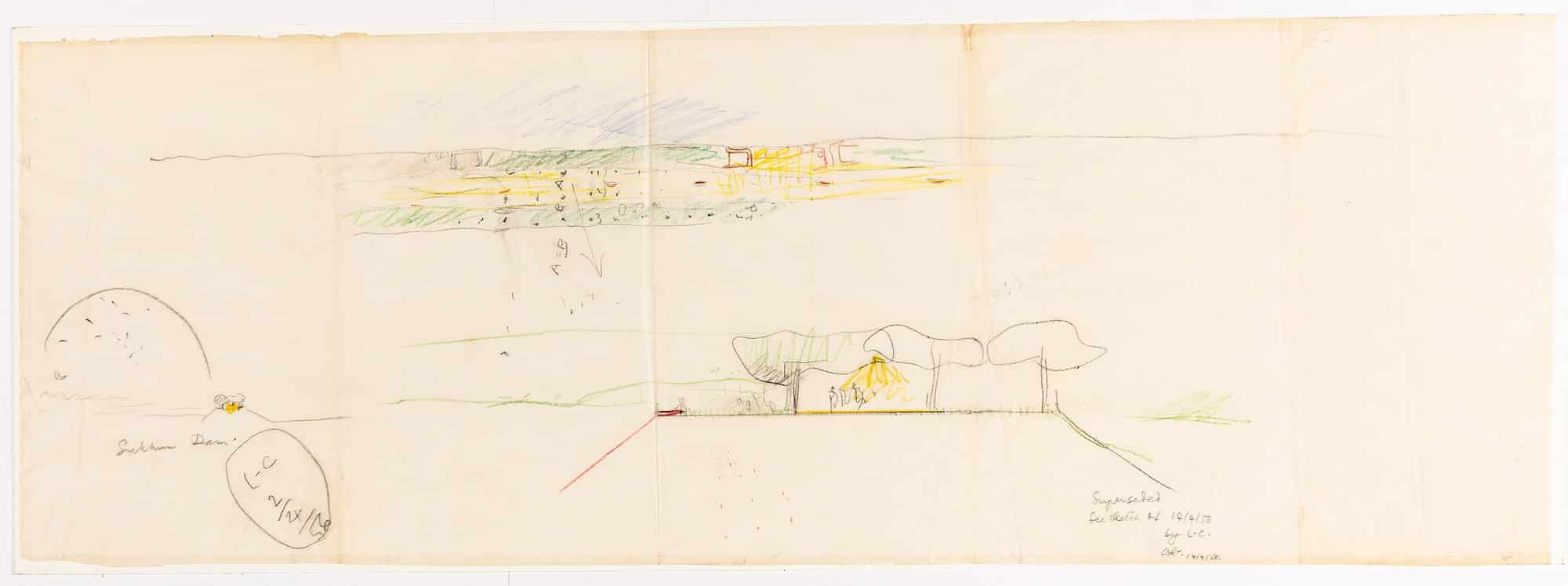
The whole issue I’m trying to communicate is to look at things with compassion. I was born into an extended Hindu family, where passion, spirituality and sharing were common practice. I was expected to be tolerant, dutiful and loving. If you can do this, you can create a dialogue with the cosmic forces. You find that force when you look at classical or renaissance buildings. It’s a journey into multi-dimensions, full of emotions and sensuality. This is quite different from today’s world where everything is cut and dry. But why are we not trying to become more humane?

Compassion was how I learned from Le Corbusier. I am a Hindu who believes in the disciple–guru tradition. There was sacredness in that relationship. When I first started working for him in Paris, he was happy because I couldn’t understand French, and I couldn’t even understand the dimensions he was using. The only way was to go into his skin. I would be drawing in the evenings, when he left the office. When he came in one morning, he looked at what I had been making and asked, ‘Is this what you do?’ I said, ‘Yes Monsieur’. He said, ‘But you’ve drawn too many people’. This was my dialogue with Corbusier: when you’re imitating a master, you don’t know what the limit is. He could always draw just enough. I always wanted to be him, but it was not possible.
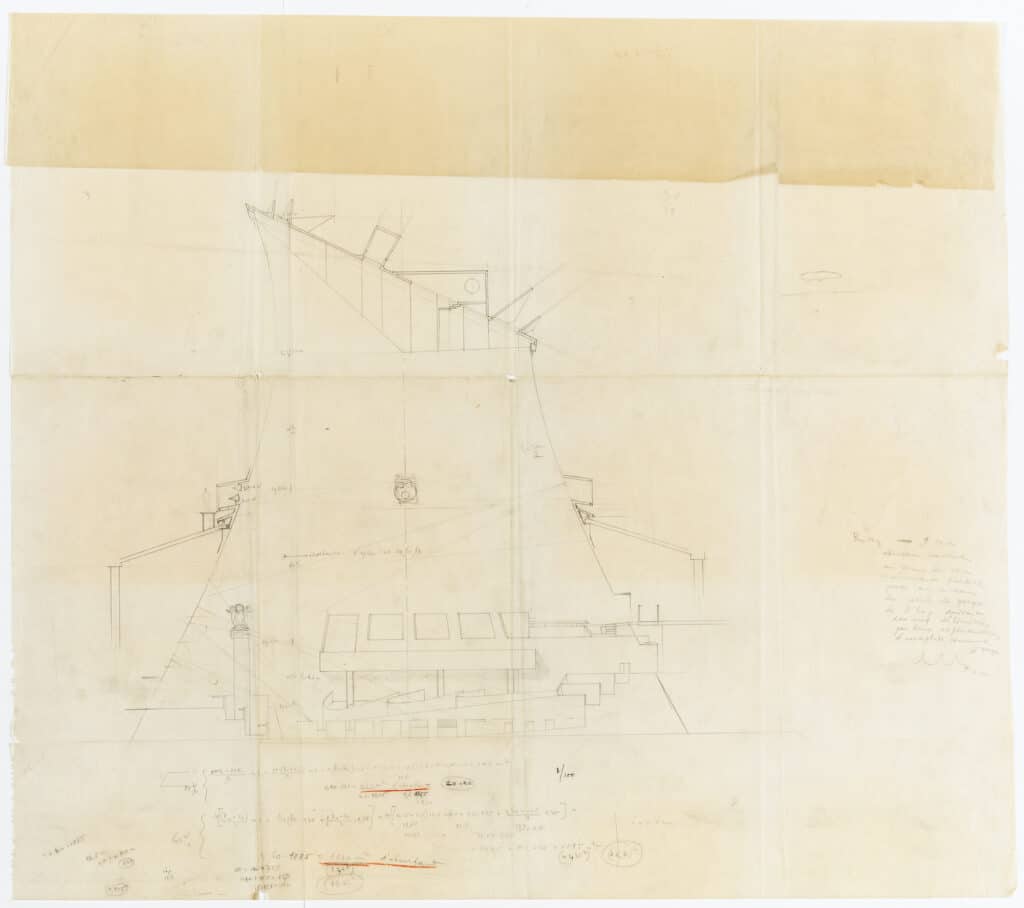
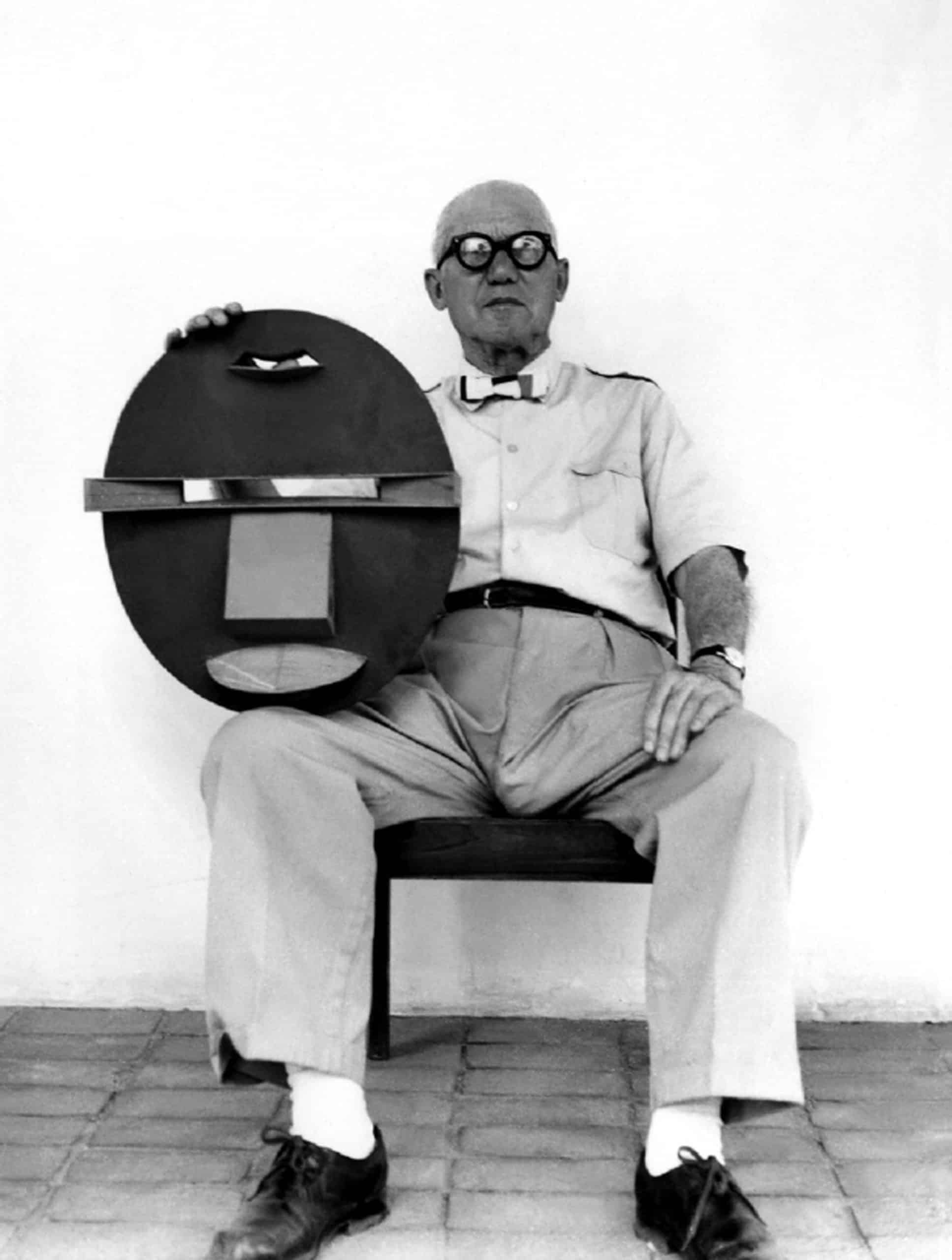
The creator is always generous, benevolent, open-ended and ready to share everything. This is what Le Corbusier taught me. When I worked for him in India, each day we would spend a couple of hours together on-site at Chandigarh and also in Ahmedabad when he was working on his villas. He was extremely sensitive to the elements and their relationship with his architecture. Whether it was a chair, or a door, or a wall, or a monkey, or a tree, he was always thinking about these issues. Le Corbusier was always guiding me. One of the most memorable experiences for me was working on the roof of the Assembly Building. If you look at the roof today it is quite different from the model that was made. I recollect asking Corbusier to sit down with the model so that I could take a photograph of him, and he looked like a tribal king with the roof on his lap.
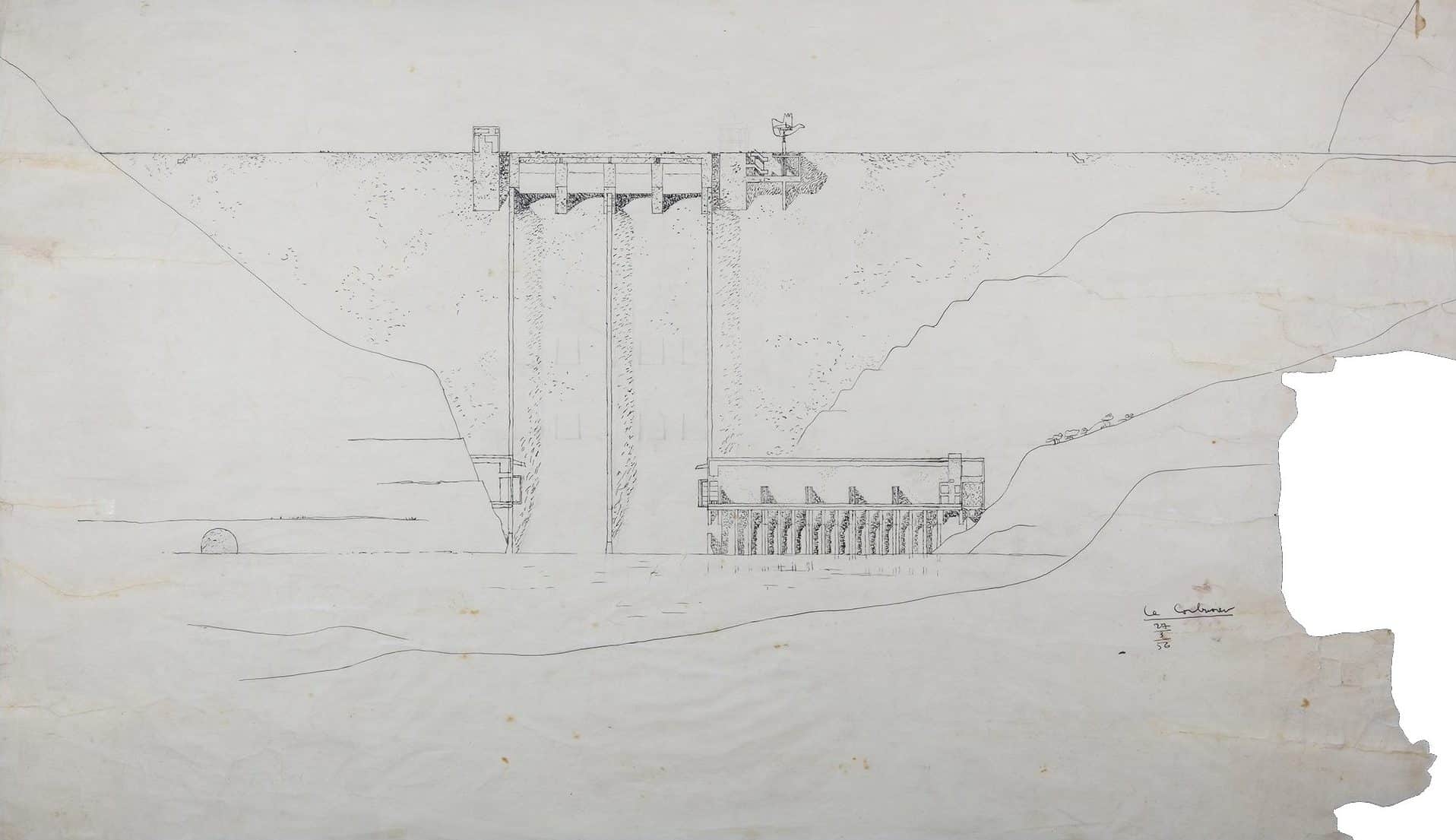

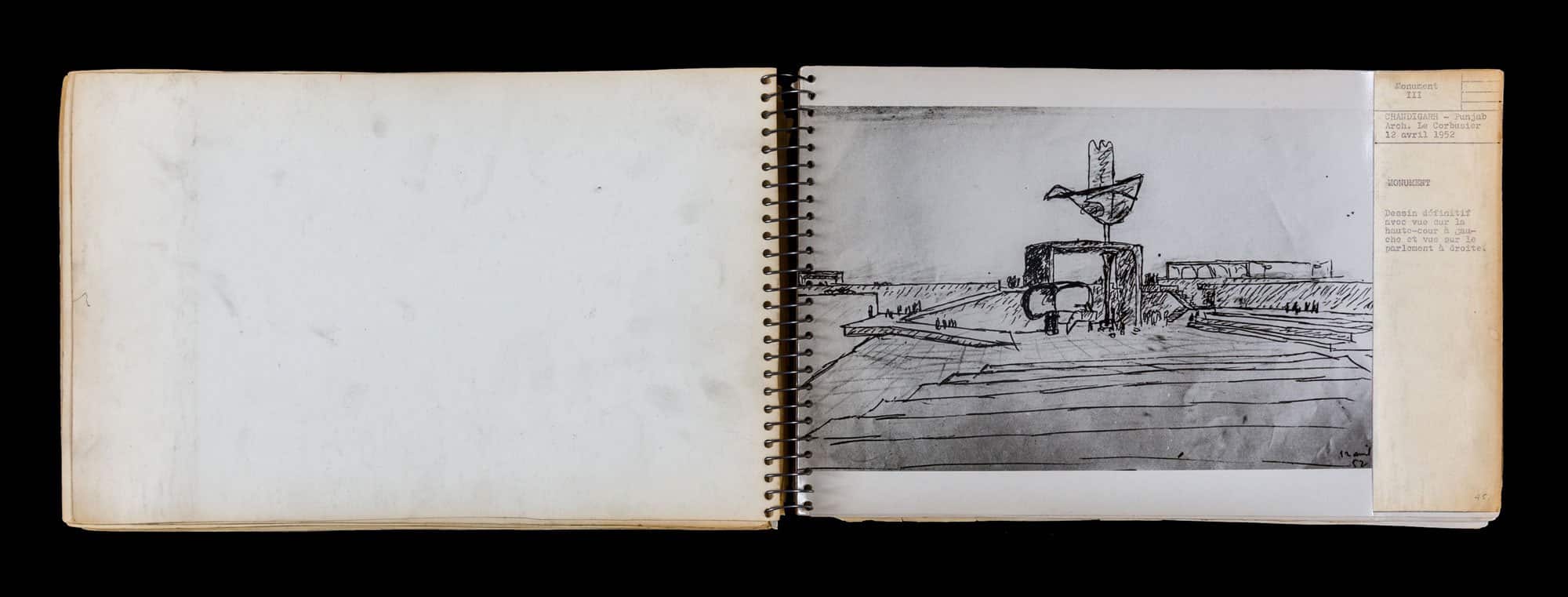
During the Chandigarh period, he wanted to give a gift to the citizens of India. At the time he was obsessed with his open hand. The open hand is really the hand of God. It gives, it shares. The scale at which it was done for Chandigarh is powerful, allowing it to be viewed clearly from far away, but there is also a place for the public to gather below. When you look up, you see this big hand moving with the wind and constantly turning, slowly. After all, what is the hand for? It’s not meant to just shake or wave goodbye. It’s saying that ‘I am there, always present, and I will be with you’, protecting, sharing, and in silence without any dialogue. A lot of compassion and thought has gone into this hand, and not many people have talked about it. I think that was the last but most important thing that he offered to India. The hand of sharing. The hand of creation. And the hand of generosity. It’s like a flying bird.
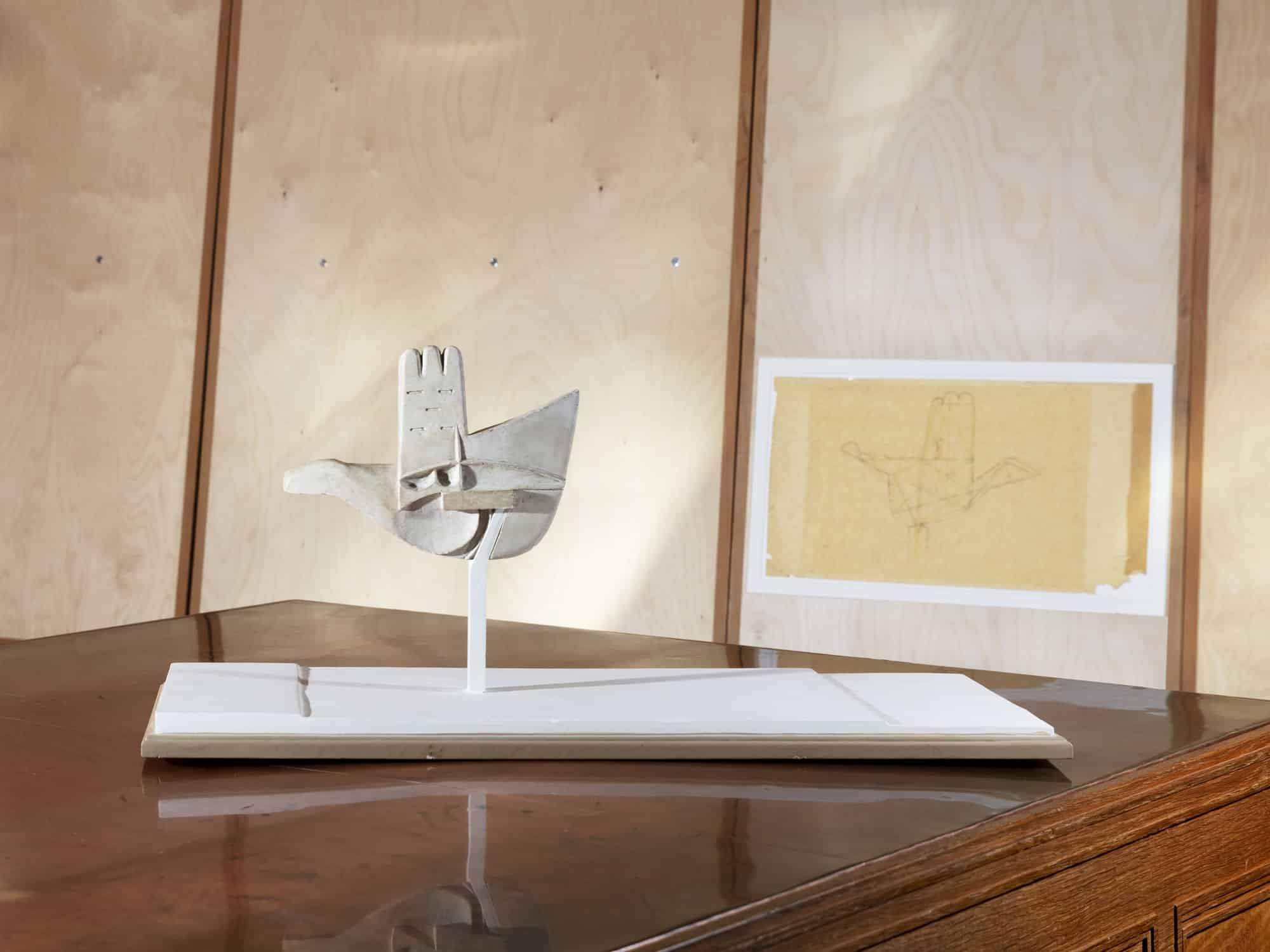
This interview was done in collaboration with Khushnu Panthaki Hoof. Drawn Closer is a year-long collaboration between Domus and Drawing Matter, and is edited by Sarah Handelman. Each issue of the magazine features one architect discussing a drawing which they recognise as a transformative moment in their work. This text appears in the May issue. Domus 2020 is guest-edited by David Chipperfield.

– Le Corbusier